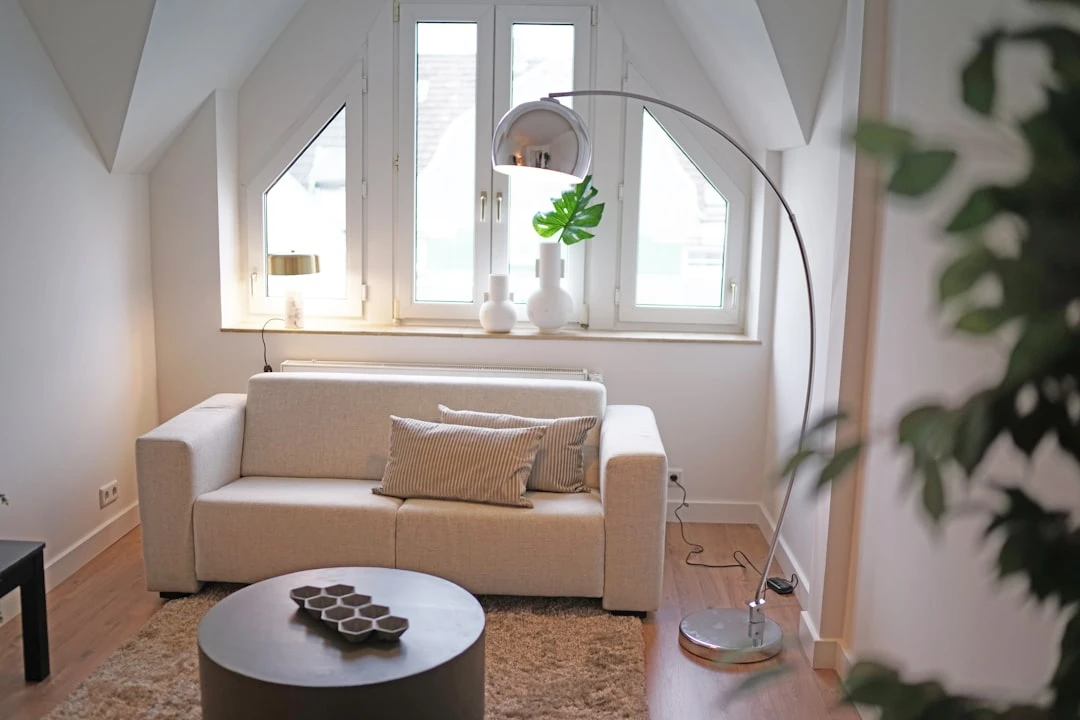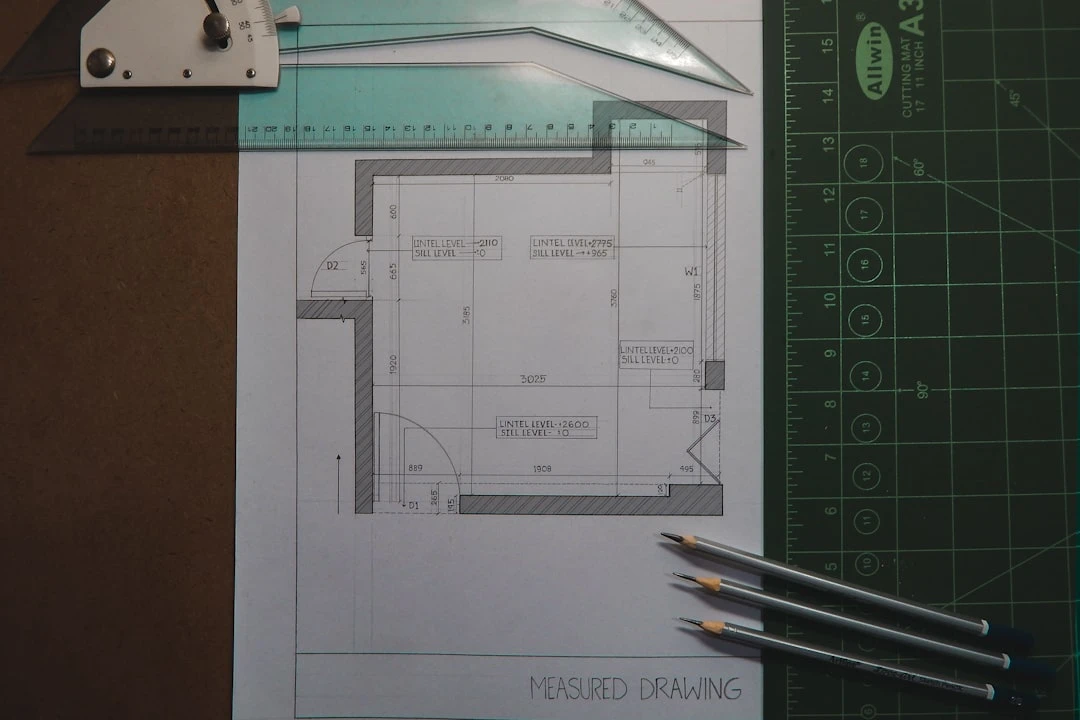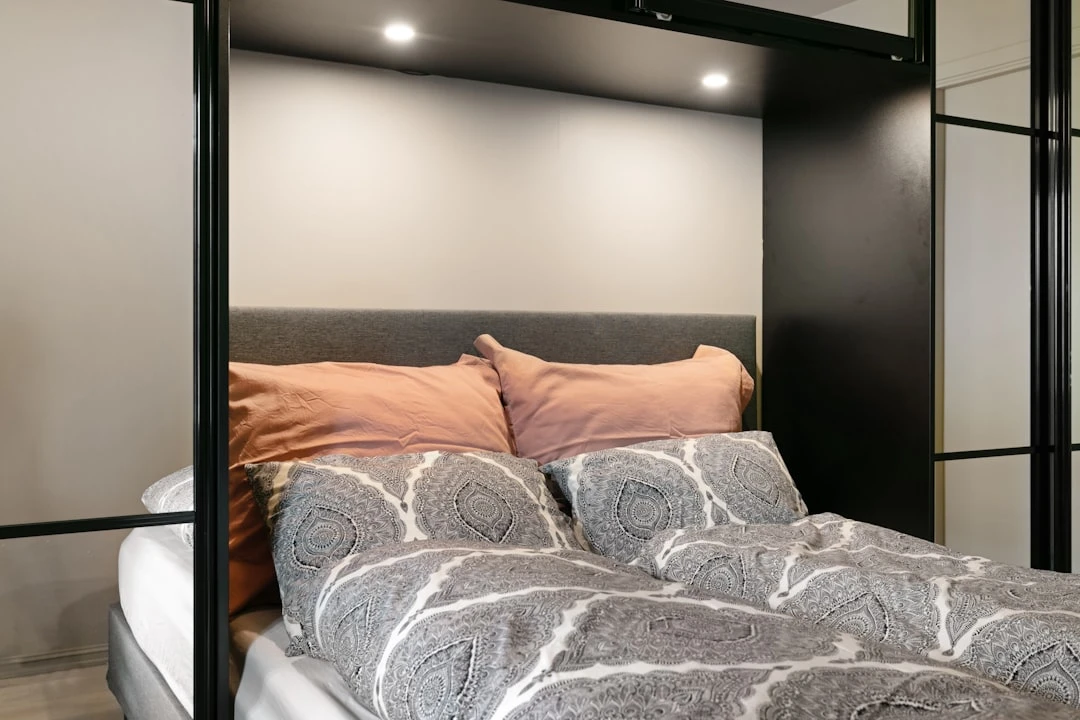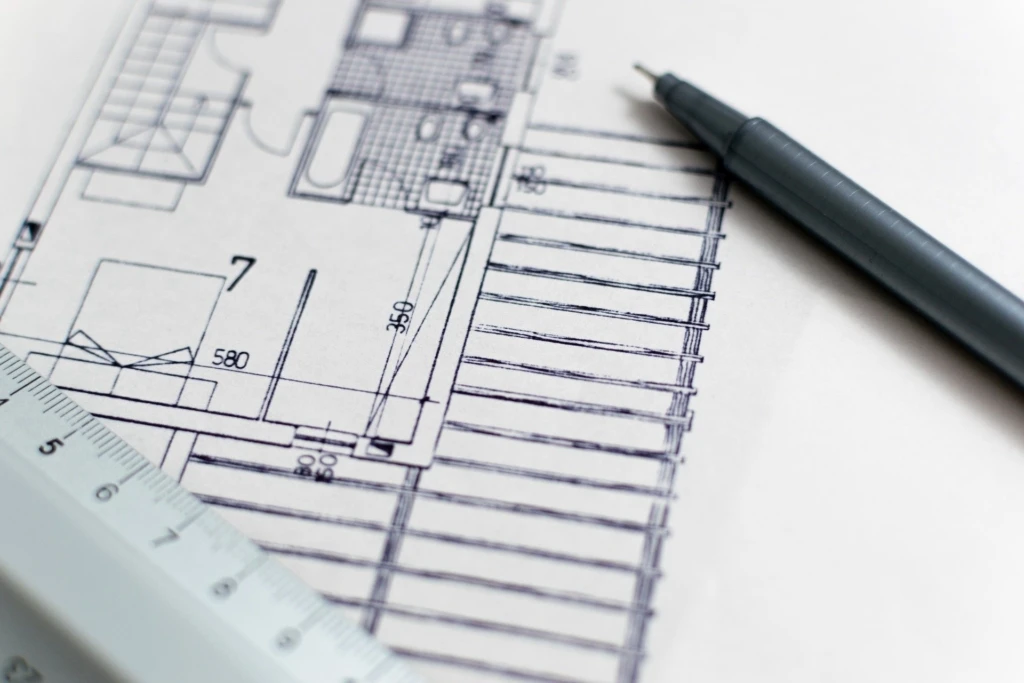How to Choose Furniture Arrangement That Gives More Space

Have you ever felt that your home seems too small or cramped? The problem may not be a lack of space, but rather how the furniture is arranged. Correctly chosen furniture solutions can significantly increase the sense of space, make movement more comfortable, and give your home a completely new look.
Why is furniture arrangement important?
Thoughtful furniture placement helps transform small rooms into more spacious-feeling spaces, allows movement throughout the home without obstacles, creates functional zones, emphasizes the room's strong points, and hides problem areas.
According to Statistics Estonia, in the first quarter of 2025, the residential property price index rose 4.6% compared to the previous year, indicating denser use of apartment buildings. The popularity of compact living spaces is increasing, making it important to use space wisely.
How to start planning your room?
Measure the room and furniture
Start by measuring your room. Write down the length and width of the room, the locations and dimensions of doors and windows, light sources, electrical outlets and switches, and the locations of heating radiators. Don't forget to measure existing furniture or planned new purchases. Even a few centimeters difference can be decisive, especially in smaller rooms.

Create a floor plan
There are several ways to create a floor plan. You can draw on paper (using graph paper), use mobile applications or web-based planning tools, or use cut-out paper pieces that correspond to your furniture dimensions.
When planning, keep in mind that there must be enough movement space between furniture items. Traffic corridors should be at least 80 cm wide, 45-50 cm between sofas and tables, and 70-80 cm of free space around beds.
As we recommend in our article on thoughtful children's room planning and furnishing, divide the room into functional zones and ensure that enough open space remains in the center of the room for movement.
Main principles of furniture arrangement
Keep traffic paths clear
Don't place furniture in a way that blocks movement from one door to another. Traffic paths should be logical and clear. Furniture shouldn't force people to make uncomfortable zigzags or squeeze around objects.
Create a focal point
Every room should have a focal point – a place where the eye naturally goes first. This could be a large window or glass doors, a fireplace, a television or media center, or a striking piece of furniture. Arrange the remaining furniture so that it supports the focal point, not competes with it.
Use wall space wisely
In small rooms, it's best to place larger furniture along walls, leaving the center of the room open. This creates a sense of spaciousness. Don't cover all walls with furniture – leave some "breathing room".
Play with proportions
Massive furniture doesn't suit a small room and vice versa – in a large room, tiny objects can seem lost. When choosing furniture, consider the proportions of your space. In a small room, use lighter, high-legged furniture. In a large room, larger and heavier pieces can work. In a room with high ceilings, emphasize verticality (tall shelves, cabinets), and in a room with low ceilings, prefer lower furniture pieces.
Examples of successful furniture arrangements
Small living room (15-20 m²)
An L-shaped layout works well when you place the sofa along the larger wall, position an armchair perpendicular to the sofa, place a coffee table in the center, and put the TV in a corner or on the opposite wall. Alternatively, you could consider a parallel arrangement, where the sofa is along one wall, armchairs or a smaller sofa on the opposite wall, a narrow coffee table in the center, and the media center on an adjacent wall.
Compact bedroom (10-12 m²)
In a small bedroom, consider placing the bed with its headboard against the wall. Position the bed next to the window, not in front of it, place a nightstand on one side of the bed, and a narrow wardrobe on the opposite wall. Mirrors help increase the sense of space.

Another option is a multifunctional solution with a lift-up mattress storage bed. Use wall-mounted lights (instead of bedside lamps), install a fold-down desk or small writing desk, and use hanging storage solutions or wall cabinets.
Common mistakes in furniture placement
Often, mistakes are made in furniture placement that make rooms feel smaller and less comfortable. One of the most common is having too much furniture in the room. Before buying a new piece, think about whether it's truly necessary and whether it has a sensible place in your space.
Another common mistake is pushing all furniture against the walls. While this may seem to save space, it often leaves an empty, unused area in the center and makes the overall impression of the room unnatural.
Lighting is also often overlooked. When arranging furniture, consider both natural and artificial light. Also avoid blocking traffic flow – don't place furniture in a way that forces people to make uncomfortable maneuvers.
Finally, proportions are often ignored. Furniture that is too large or too small can upset the balance of the room.
Before moving or renovating
If you're planning to move or renovate, this is the ideal time to reconsider your furniture arrangement. In our article Expert recommends: moving doesn't have to be stressful, we emphasize that it's worth sorting through and getting rid of unnecessary items before moving. This also helps you plan your space better.
When looking for temporary housing, consider renting an apartment during renovations to avoid discomfort and unnecessary stress.
How Kinnisvara24 helps you plan your space
If you're looking for a new home, the Kinnisvara24 portal offers detailed apartment listings complete with floor plans and dimensions that help you assess furniture arrangement possibilities before your visit. You'll find a wide selection of apartments throughout Estonia – both for sale and for rent.
Our portal also offers new development projects, where space planning has been thoughtfully designed and is contemporary. Use our practical filters to help you find living space that meets your expectations in terms of size and layout.
Free options for furniture arrangement replanning
Often, there's no need to buy new furniture – simply rearranging existing pieces is enough. Experiment with different arrangements and see what works best. Use virtual planning tools, many of which are freely available. Don't forget to consult with friends, as a fresh perspective can bring new ideas. Also follow ergonomic principles – comfort and practicality are just as important as aesthetics.
Thoughtful furniture arrangement makes your home both visually more attractive and more comfortable to use. Start with planning, be prepared to experiment with different solutions, and find the furniture arrangement that gives your spaces openness and functionality.
If you want to find a new home where you can better plan your space, visit the Kinnisvara24 portal and explore our offerings today!




